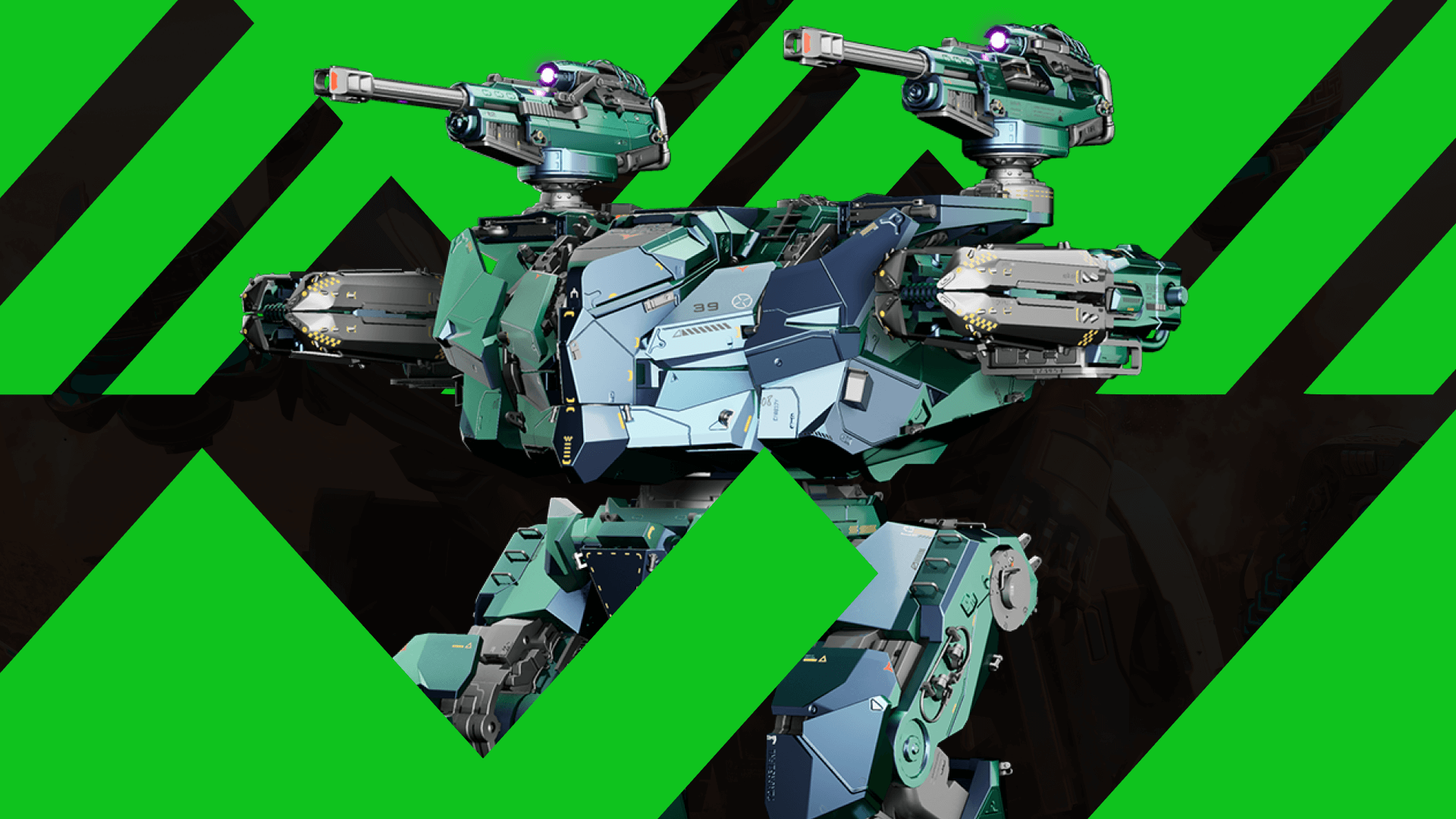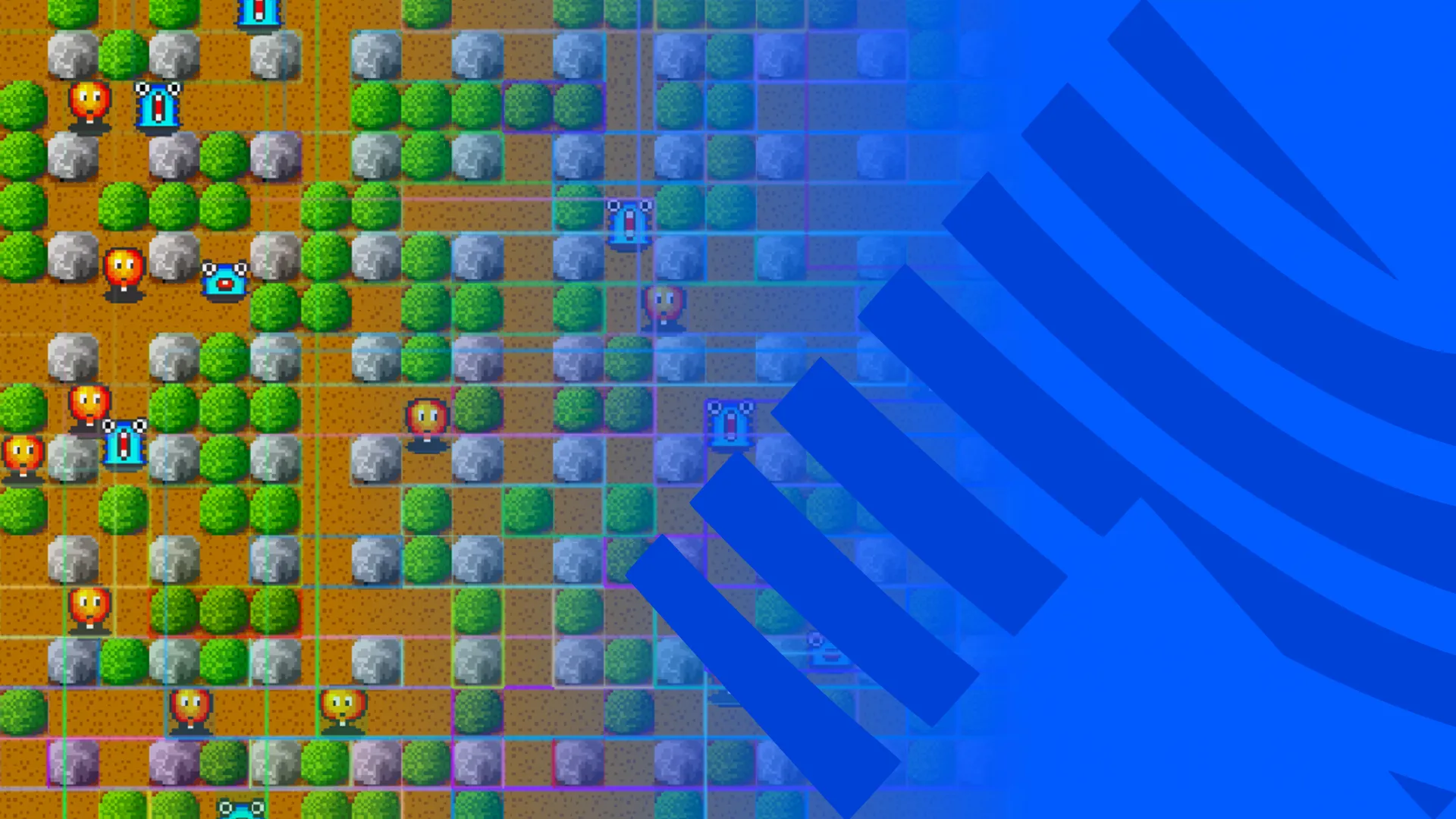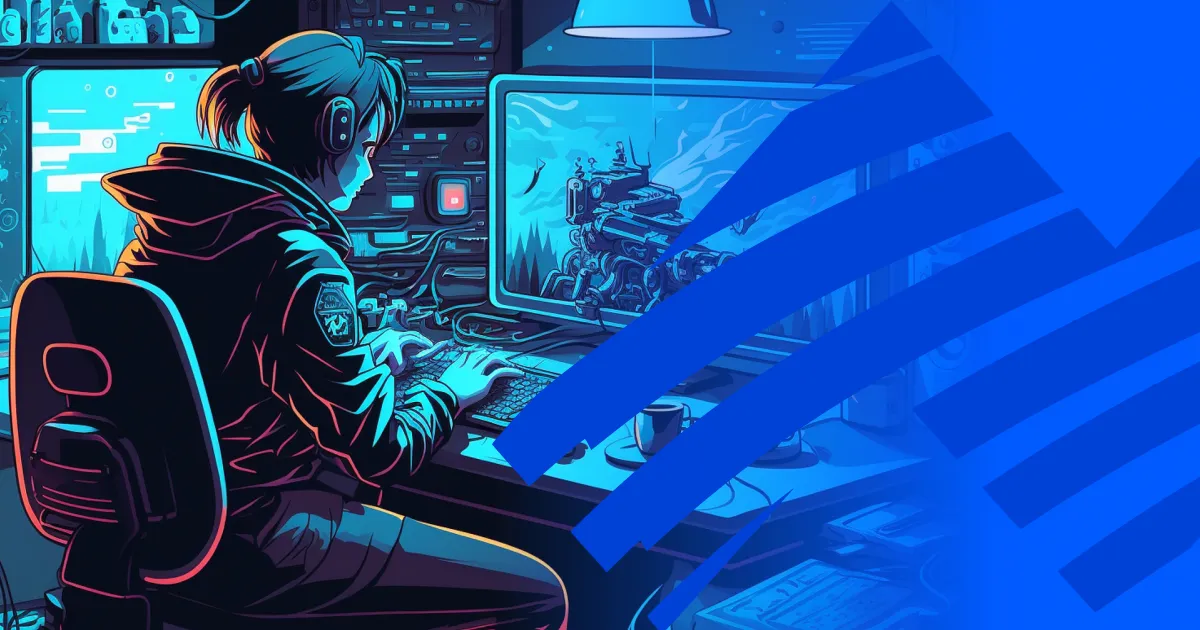
In the gaming world, story matters a lot more than we might realize. No matter the difficulty level, genre, or audience, the narrative is ultimately the emotional anchor that makes gamers actually truly care about the game they’re playing. This is true whether or not the game is a story-centric experience carefully crafted by a development team, or if the narrative identity emerges organically via the communities that play them.
In February 2022, reading the script for War Robots: Frontiers, Armando Troisi thought the draft was quite good, but there was still something on his mind: «There were many questions that I had, not about the script — but about the world.» Armando is Head of Narrative at MY.GAMES, so when he has a question like this, the plot thickens, and the question must be answered. This is the story of how a story is broken, narrative is made, and a gaming experience is born.
Finding a foundation for Frontiers
The team didn’t just need a script, they needed a lot foundation. To find that, let’s start from the top.
War Robots is an online game originally launched as an app back in 2014 by Pixonic. Players pilot huge robots and engage in multiplayer PvP — either solo or by teaming up with others — on a futuristic battleground. Frontiers was to be a new game set in this series, and it would be released for PC and consoles.
Armando and his team did know a bit about the game already. First of all, to distinguish it from its predecessor, it would be set 200 years in the future, and in a different solar system. They also knew some requirements: they wanted to keep the core conflict from the mobile version intact, with corporations struggling for influence and power, and they wanted to maintain the «pilot fantasy» that existed in the original game, a relatable human element.
The team began absorbing the lore of the War Robots universe, trying to understand what came before in order to understand what would come next. The fruits of these efforts started to pay off, and a groundwork of ideas began to emerge:
- Frontiers is about pilots
- Frontiers is about robots
- Frontiers is part of the War Robots Universe
- Frontiers is about corporations
- Frontiers is about new worlds
With this foundation in place, a question follows — what is the story?
Forming an idea
A half-formed idea in need of further development emerged: this would be the story about pilots looking for a second chance on a distant world, and the corporations who complicated things.
In the case of Frontiers, naturally as writers, the team looked to stories from actual history for inspiration. They immediately recognized the parallels between the early American pioneers and the pilots of Frontiers:
- Conflict in the old world
- A dangerous journey to a new world
- The new world itself
- The old problems that followed our heroes to the new world
- And again, conflict
Second chances. So there was the first idea. But how to test it?
The first test
In order to get a more fully realized concept, the team created something referred to as a «rip-o-matic». This is a video edited together from various IPs to try and capture the desired «feel», in order to test out how the narrative would be reflected in reality. Essentially, these are quickly edited trailers that borrow footage and audio from various sources to effectively demo an experience.
The initial teaser had the feeling of an epic space opera, but there were problems. The feeling was simply too big, and further, it was too impersonal — in a game where identity and customization is so key, this would not work. Additionally, it turned out that relating Frontiers to a kind of historical pioneer setting didn’t have the sort of visceral conflict they were after.
Tilting the narrative angle
Like any good story, the process of creating a story is not often a simple journey from point A to point B. To try and remedy the conceptual problems the team had recognized after producing the first trailer, the narrative angle was tilted to the Western genre. (The bright colors that ended up in the release version had their origins in this pivot!) With all this in mind, a second trailer was cut.
But this time, the overcorrection from a sense of impersonality to a focus on character made the trailer feel like something out of a single player experience instead of a multiplayer one.
To fix this, Armando and his team leaned into a squad driven approach to narrative, much more reflective of the desired gameplay experience for the player. This was right in the goldilocks zone — the perfect vibe the team wanted to establish for Frontiers.
With the squad driven trailer, it was important to find an anthem to communicate the idea of «second chances» played a big part in the formation of the narrative, and the game needed a strong anthem to communicate that. The team looked to a number of artists to set the mood: Charles Bradley, Jonathan Roy, Nina Simone — something soulful, authentic, and relatable.


